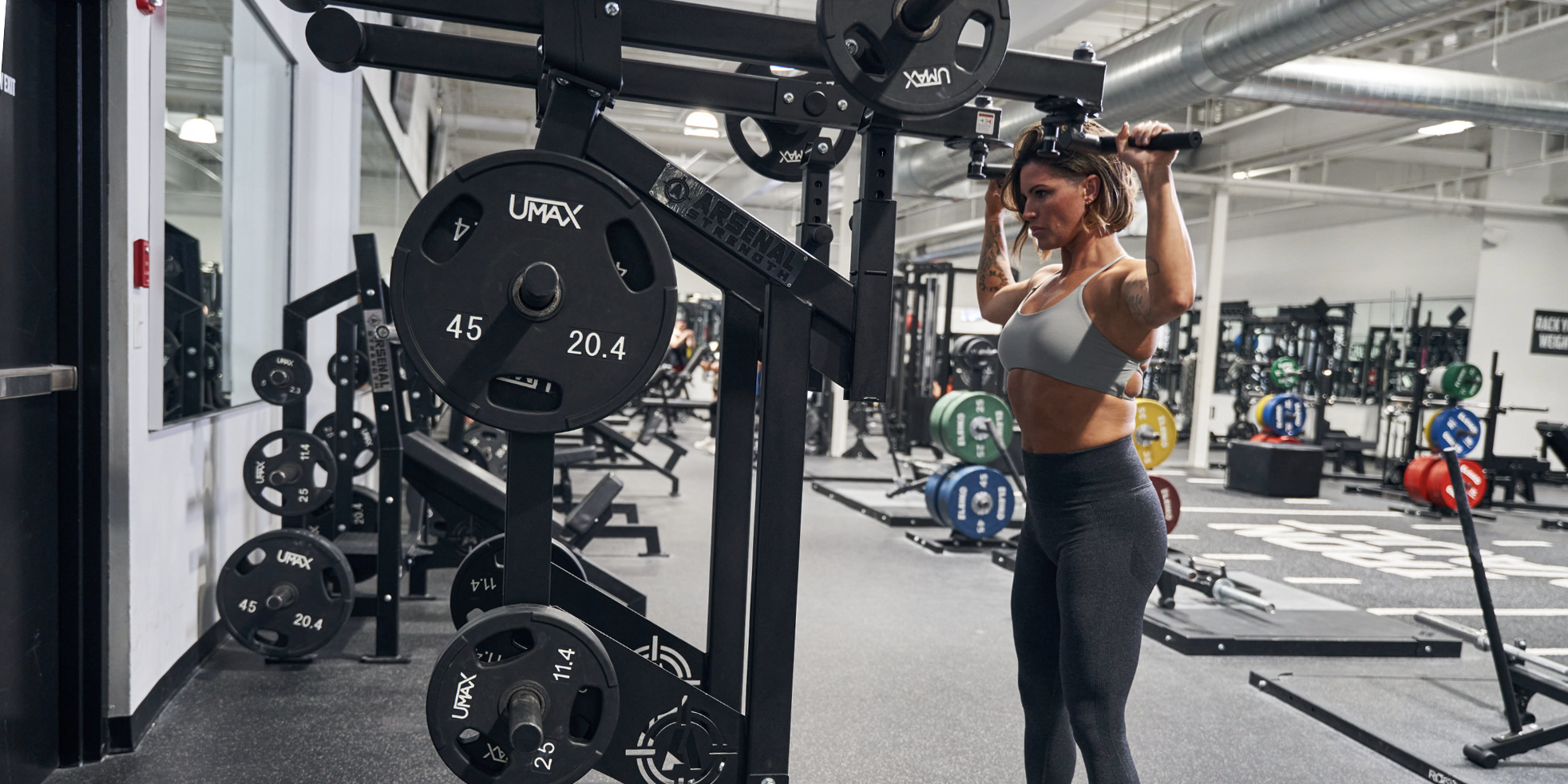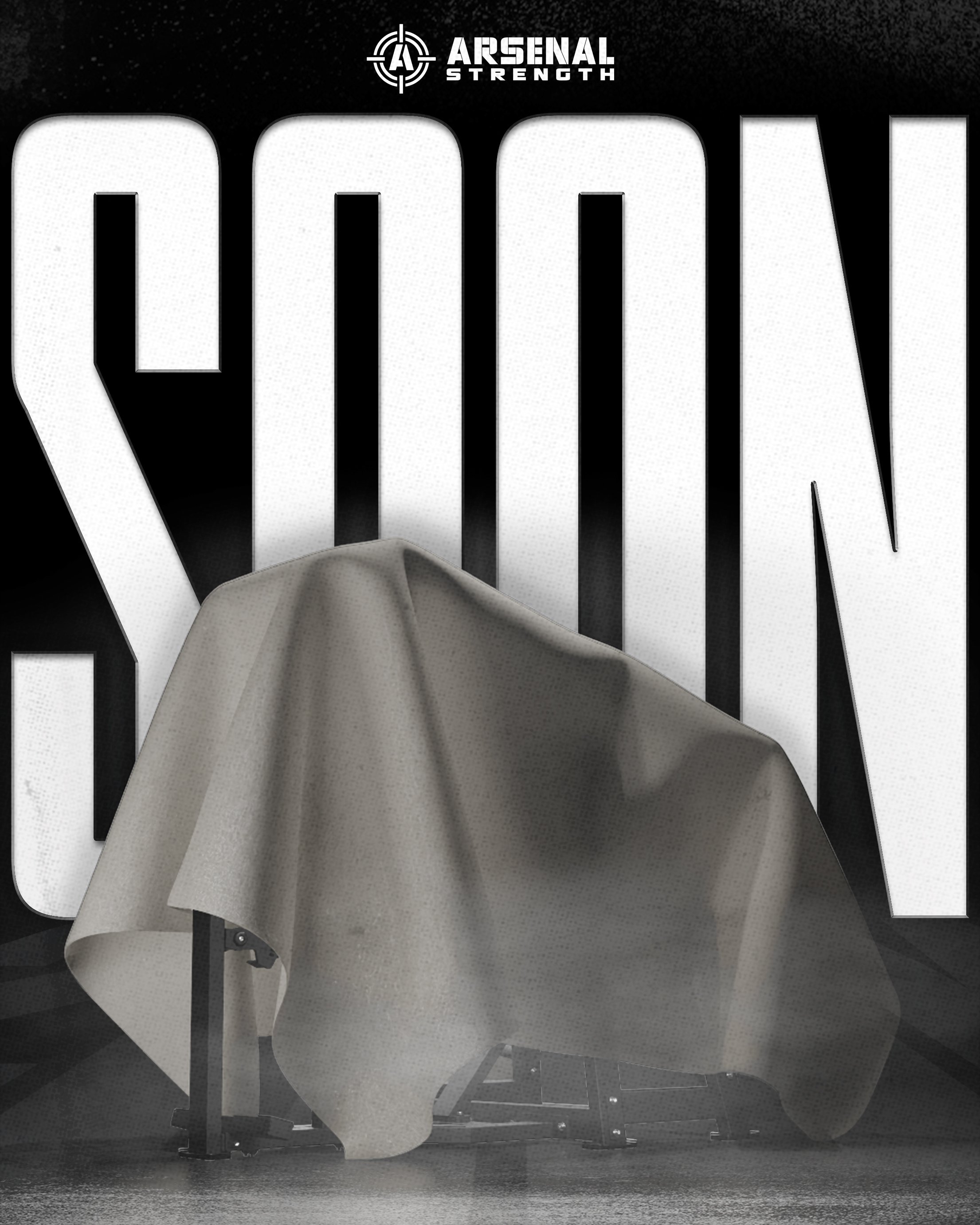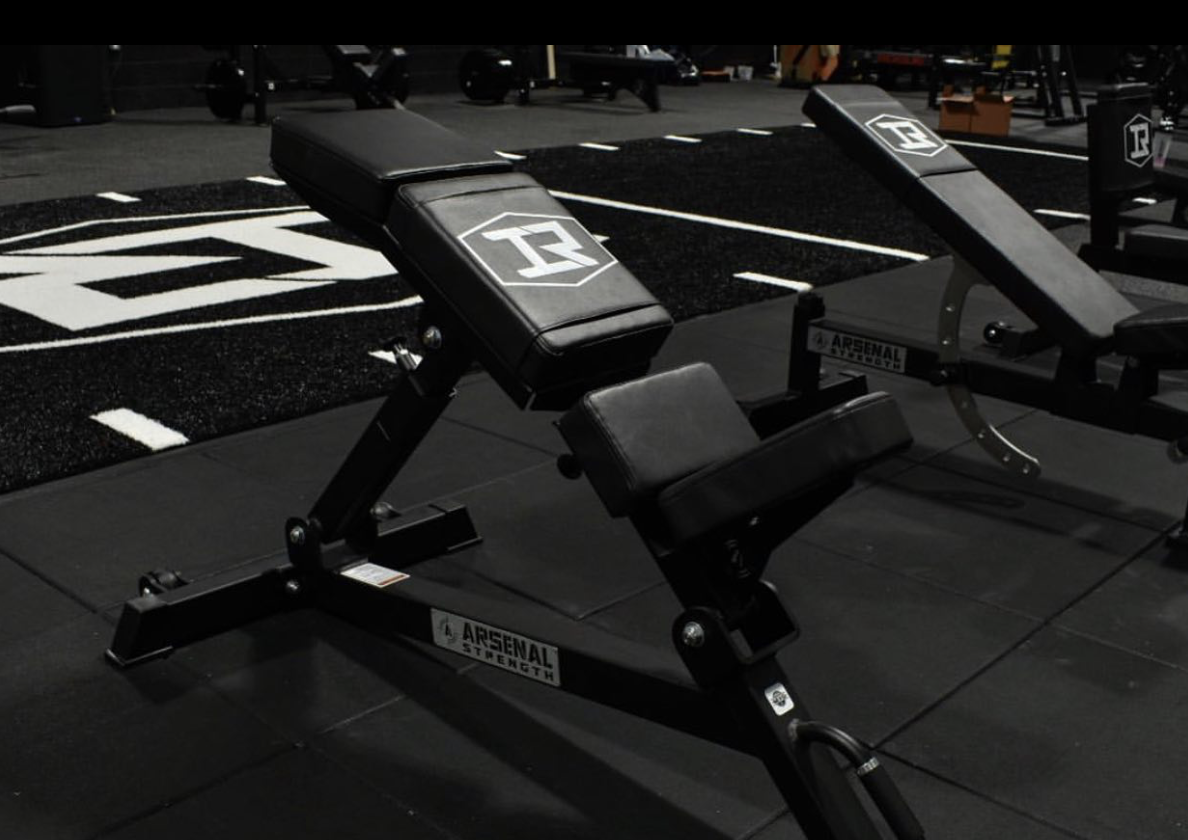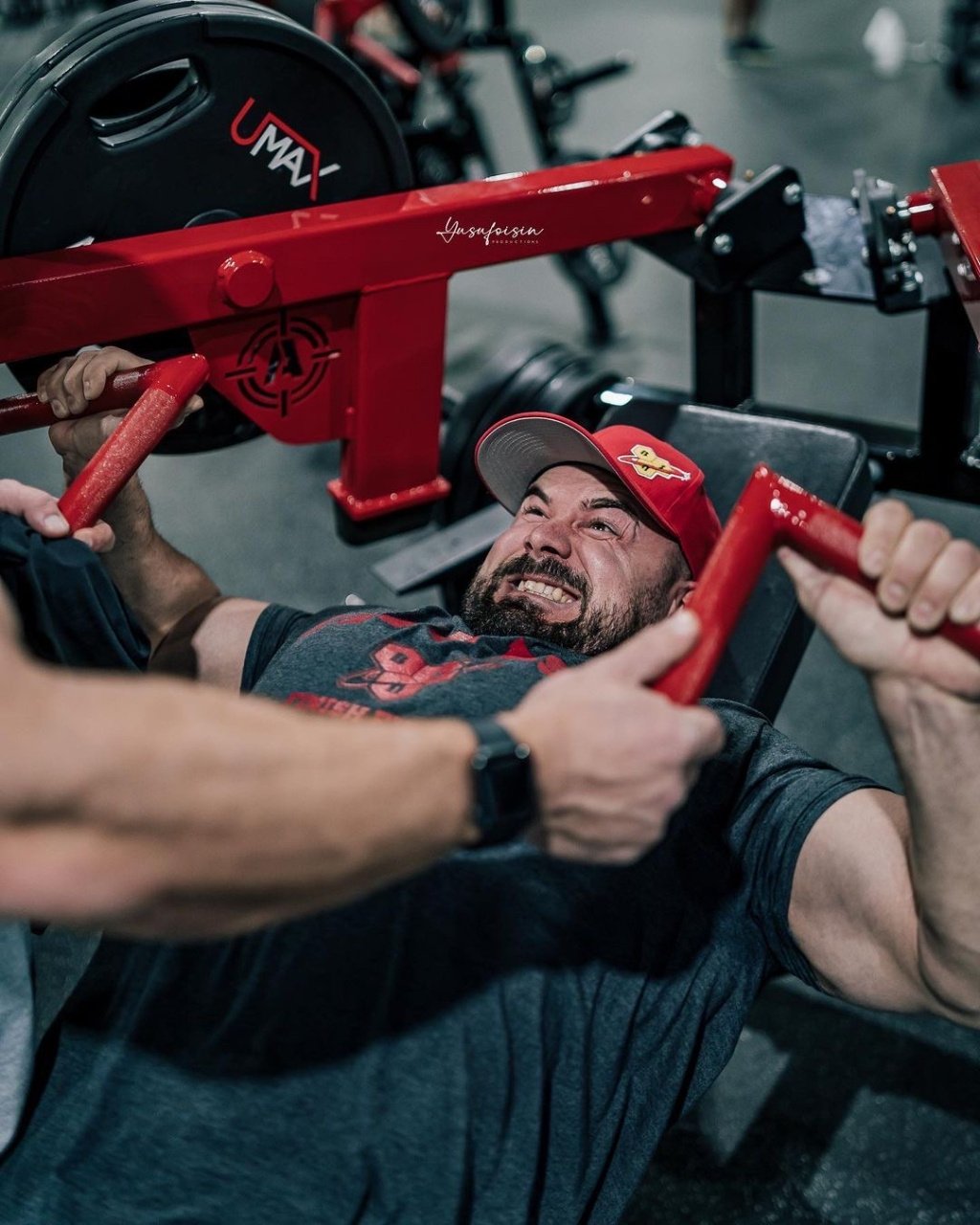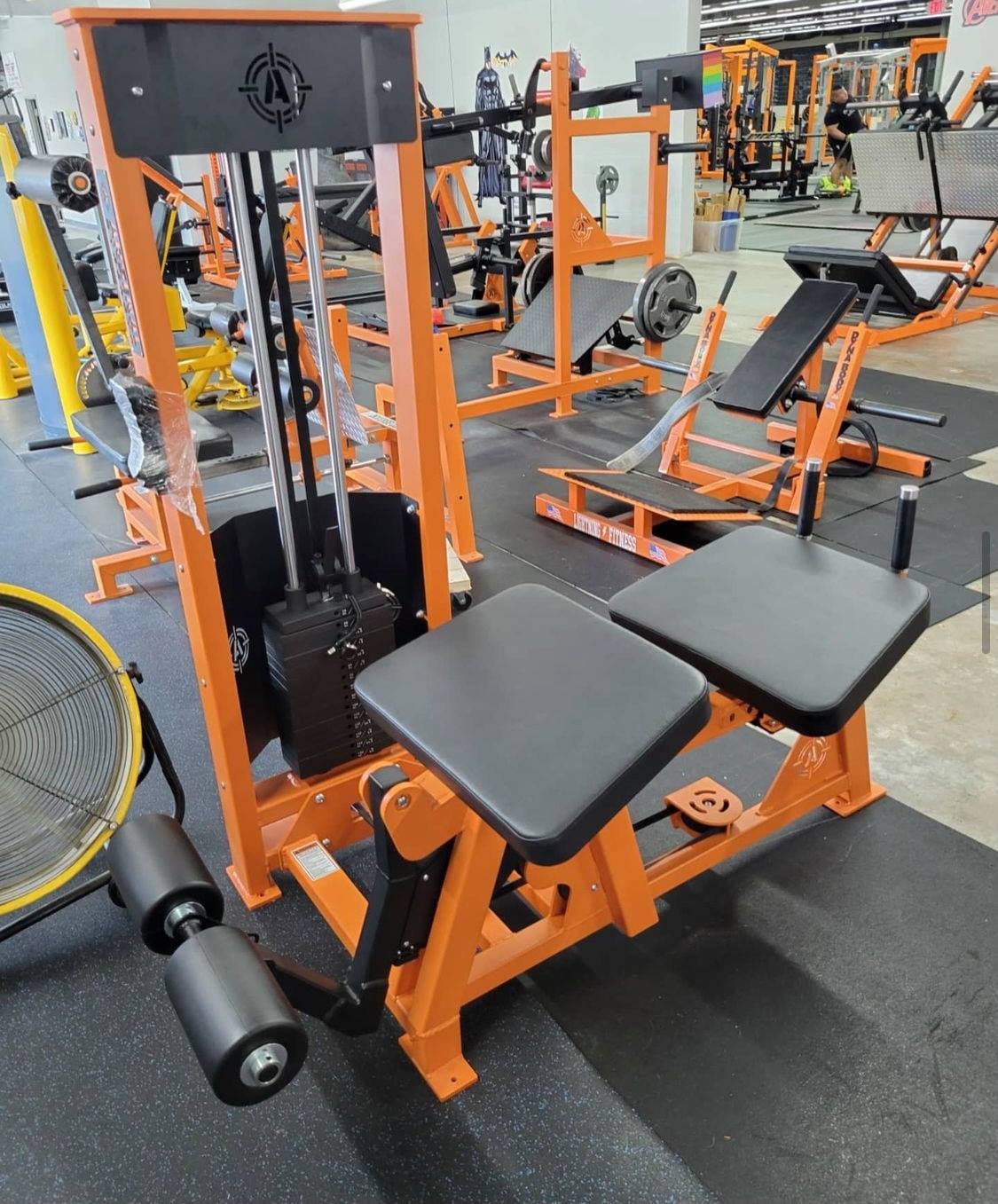Viking Press Muscles Worked
Zero In On Your Upper Body Strength
The Viking Press exercise is a powerful and dynamic movement that has gained popularity in the world of strength training. It is a compound exercise that targets multiple muscle groups simultaneously, making it an efficient and effective way to build upper body strength. The Viking Press is a variation of the overhead press, but it involves pushing a loaded barbell or a specialized Viking press machine in a forward and upward motion, engaging various muscles in the upper body.
The significance of the Viking Press machine in strength training lies in its ability to provide a comprehensive workout for the upper body. It not only targets the shoulders, but also the triceps, upper chest, pectorals, upper back, traps, and even the core and abdominal muscles. By incorporating this exercise into your routine, you can develop functional strength and improve your overall physical fitness.
In this article, we will dive deeper into the specific muscle groups worked during the Viking Press exercise. Understanding which muscles are engaged and how they contribute to the movement will not only help you maximize your training but also provide a well-rounded approach to building upper body strength. So, let's explore the muscles targeted by the Arsenal Strength Reloaded Viking Press and its role in this challenging exercise.
Viking Press Exercise Overview
The Viking Press exercise originated from the functional training methods used by the Vikings. As fierce warriors, the Vikings needed to have exceptional upper body strength to wield their weapons and conquer their enemies. The Viking Press exercise mimics the movements they would have performed during battle, making it a functional exercise that translates well into real-life activities.
The Viking Press exercise is not only beneficial for building strength and muscle mass, but it also helps improve overall functional fitness. By engaging multiple muscle groups at once, it enhances coordination, stability, and balance. It also improves shoulder mobility and flexibility, which is essential for performing daily tasks and preventing injuries. Incorporating the Viking Press into your workout routine can provide a well-rounded approach to upper body strength training and contribute to your overall physical fitness.
To execute a successful Viking Overhead Press, the individual positions themselves between the knurled grips, facing either away from or towards the machine, and propels the handles upwards in a fluid motion. The Arsenal Reloaded Viking Press machine has the most versatile and user-friendly design in the industry. Iso lateral movement allows the user to train arms separately or together. The knurled handles have an unprecedented 13 positions to use with an easy pop-pin selector so all the shoulder muscles can be targeted. The adjustable height allows users of all sizes to use this piece comfortably. This piece comes with four weight horns for plate storage.
Muscles Worked|Shoulders
The primary focus of the Viking Press exercise is on the deltoid muscles, which are located in the shoulder area. The deltoids consist of three distinct heads: the anterior (front), lateral (side), and posterior (rear) deltoids. The Viking Press engages all three heads of the deltoids, making it a comprehensive workout for these muscles. During the Viking Press, the anterior deltoids are heavily engaged as they are responsible for initiating the movement and pushing the loaded barbell or Viking press machine forward. This portion of the exercise targets the front of the shoulders, helping to develop strength and definition in this area.
The lateral deltoids, also known as the middle deltoids, are engaged as the weight is pushed upward in a fluid motion. These muscles are responsible for the lateral movement of the arms and play a significant role in shoulder stability. By targeting the lateral deltoids, the Viking Press machine helps to develop broader and more defined shoulders. Lastly, the posterior deltoids are activated as the weight is pressed overhead. These muscles are located at the back of the shoulder and are responsible for shoulder extension and external rotation. By engaging the posterior deltoids during the Viking Press, you can strengthen and develop the rear portion of your shoulders, creating a well-rounded and balanced upper body.
Muscles Worked | Triceps and Upper Arms
The triceps brachii, commonly known as the triceps, play a crucial role in the Viking Press exercise. In this compound movement, the triceps are highly engaged throughout the exercise. The triceps are a group of three muscles located on the back of the upper arm. They consist of the long head, lateral head, and medial head. During the Viking Press, all three heads of the triceps are activated to assist in pressing the weight overhead.
The triceps brachii is responsible for extending the elbow joint, which is essential in pushing the weight upward. As the Viking press handles are propelled upward, the triceps contract forcefully to extend the arms and lock out the movement. This extension movement is what allows the weight to be pressed overhead and held in a stable position. In addition to their role in extending the elbow, the triceps also contribute to stabilizing the weight during the Viking Press exercise. As the shoulders and deltoid muscles work to initiate the movement, the triceps provide support and control to ensure a smooth and controlled pressing motion. This stability is crucial in maintaining proper form and preventing any unnecessary strain on the shoulders.
By engaging the triceps during the Viking Press exercise, you can effectively strengthen and develop these muscles. The increased strength in the triceps not only contributes to pressing heavier weights overhead but also enhances overall upper body strength. Additionally, well-developed triceps can improve performance in other exercises and daily activities that involve pushing or extending the arms.
Muscles Worked | Upper Chest and Pectorals
The Viking Press exercise is not only an effective way to target the shoulders, triceps, and upper back, but it also activates the upper chest and pectoral muscles. When performing the Viking Press, the movement of pushing the loaded barbell or Viking press machine in a forward and upward motion requires the engagement of the upper chest muscles.
The upper chest, also known as the clavicular head of the pectoralis major, plays a crucial role in stabilizing and lifting during the Viking Press. As the weight is pressed overhead, the upper chest muscles contract to assist in the movement. This activation of the upper chest helps to develop strength and definition in this area, creating a well-rounded and balanced upper body.
In addition to stabilizing and lifting, the pectoral muscles also contribute to overall shoulder stability during the Viking Press workout. The pectoralis major, which consists of the clavicular head and the sternal head, helps to support the movement and maintain proper form. By engaging the pectoral muscles, individuals can ensure a controlled and stable pressing motion, reducing the risk of injury and maximizing the benefits of the exercise.
Muscles Worked | Upper Back and Traps
The Viking Press exercise also engages the upper back and trapezius muscles. As the weight is pressed overhead during the Viking Press, the upper back muscles, including the rhomboids and the middle and lower trapezius, are activated to stabilize and support the movement.
The upper back muscles work to retract the scapulae, or shoulder blades, which helps to stabilize the shoulder joint and prevent any unnecessary movement or strain. By engaging the upper back muscles, individuals can maintain a strong and stable posture throughout the exercise, which is essential for maximizing the benefits and minimizing the risk of injury.
Additionally, the trapezius muscles, which are located on either side of the upper back and extend from the base of the skull to the middle of the back, are also engaged during the Viking Press. These muscles are responsible for various movements of the shoulder blades, including elevation, retraction, and depression. By activating the trapezius muscles, individuals can ensure proper shoulder stability and contribute to the overall strength and stability of the upper body.
Muscles Worked | Core and Abdominals
Engaging the core during the Viking Press exercise is of utmost importance for several reasons. Firstly, a strong core provides stability and support to the entire body, allowing for better control and balance during the exercise. As the weight is pressed overhead, the core muscles, including the rectus abdominis, transverse abdominis, and obliques, work together to maintain a stable and upright posture. This not only helps to prevent any excessive swaying or arching of the back but also ensures that the force generated from the shoulders and upper body is effectively transferred to the weight being pressed.
Core engagement during the Viking Press helps to protect the spine and reduce the risk of injury. The abdominal muscles act as a natural corset, providing support to the spine and maintaining proper alignment. By actively contracting the core muscles, individuals can create a solid foundation and reduce the strain placed on the lower back. This is particularly important during exercises that involve heavy weights or repetitive movements, such as the Viking Press.
The Reloaded Viking Press challenges the abdominal muscles, specifically the rectus abdominis, which is responsible for flexing the spine and creating the coveted "six-pack" appearance. As the weight is pressed overhead, the core muscles are engaged to stabilize and control the movement. This constant contraction of the abdominal muscles not only helps to strengthen and tone them but also contributes to better overall core strength and functionality.
Benefits of Training These Muscles
By engaging the deltoid muscles, the primary focus of the Viking Press, individuals can develop strength and definition in their shoulders. This not only enhances their upper body aesthetics but also contributes to improved shoulder stability and range of motion. In addition, targeting the triceps and upper arms during the Viking Press helps individuals build strength in these muscles. Developing the triceps brachii not only allows individuals to press heavier weights overhead but also improves their performance in other pushing exercises. Strong triceps are essential for activities that involve extending the arms, such as lifting objects or performing push-ups.
Engaging the upper chest and pectoral muscles during the Viking Press not only helps individuals develop strength and definition in this area but also contributes to overall shoulder stability. Strong upper chest muscles assist in stabilizing and lifting the weight, ensuring a controlled and stable pressing motion. Additionally, the activation of the pectoral muscles provides support and helps maintain proper form during the exercise, minimizing the risk of injury and maximizing the benefits.
Working the upper back and trapezius muscles through the Viking Press exercise is crucial for maintaining a strong and stable posture. These muscles play a vital role in stabilizing the shoulder joint, preventing unnecessary movement or strain. By engaging the upper back muscles, individuals can improve their overall upper body strength and stability.
Engaging the core and abdominal muscles during the Viking Press is essential for maintaining stability and support throughout the exercise. A strong core not only allows for better control and balance but also protects the spine and reduces the risk of injury. By actively contracting the core muscles, individuals create a solid foundation and reduce the strain placed on the lower back, ensuring proper alignment and preventing any excessive swaying or arching of the back.
Conclusion
Overall, the Viking Press targets multiple muscle groups and offers a range of benefits for individuals looking to improve their strength and functional fitness. By regularly incorporating this exercise into their workout routine, individuals can develop stronger shoulders, triceps, upper chest, upper back, and core muscles, leading to improved overall strength, stability, and functionality.
ADDITIONAL RESOURCES
- Maximizing the Viking Press Exercise
- Every Gym Needs One | Reloaded Viking Press
- The Arsenal Strength Reloaded Viking Press

